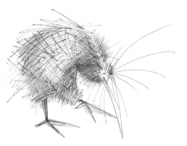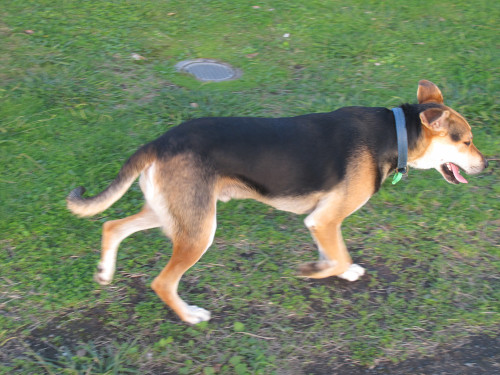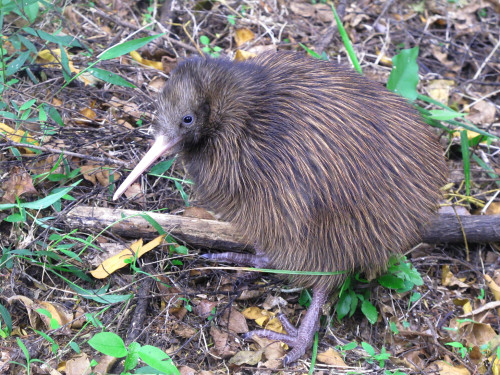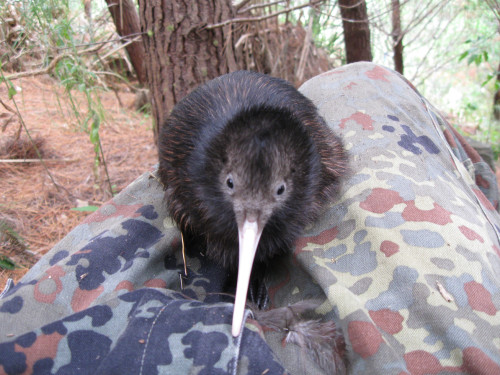At Whangarei Heads, the kiwi are winning – but they still need your help to keep their population healthy and on the rise. The most significant dangers to kiwi are uncontrolled dogs killing kiwi (adults and chicks), stoats and cats killing chicks and cars killing kiwi at night.
Uncontrolled Dogs
Throughout Northland, the number one killer of adult kiwi is uncontrolled dogs. Dogs find the smell of kiwi irresistible, and as kiwi have a very weak chest structure, even a gentle squeeze by a dog can kill a kiwi. Adult kiwi should live to breed for 50 years or more; unfortunately, in Northland, dog kills bring the average breeding life of a kiwi down to only 14 years. This is a massive loss in breeding capacity.
An adult kiwi produces an average of 2.5 chicks per year.
- If a kiwi breeds for 50 years that’s 125 chicks
- If kiwi only breed for 14 years that’s 35 chicks
- That’s a loss of 90 chicks!!
We realized the huge impact of dogs on kiwi at Whangarei Heads when we started radio tracking a sample of our kiwi and found dogs were killing many of them.
Whangarei Heads is a mosaic of landscapes with thousands of people living in and visiting this spectacular peninsula. Many of these people are dog owners.
The reason dogs are such a problem is tragically simple. Kiwi evolved as a flightless bird; because of this they have a weak chest structure. You don’t need to be a big, violent dog to be a problem for kiwi. Even a gentle, friendly dog’s playful nudge is all it takes to break a kiwi’s rib bones and puncture their lungs. And to make matters worse, kiwi naturally have a strong scent which dogs find fascinating and can easily track down.
A lot of people were unaware that there were kiwi in their backyard. As a result of this need for awareness, the Backyard Kiwi emerged from the undergrowth. Find out more about the creation of the project: Connecting with Community
Through the Backyard Kiwi project people now know that there are kiwi free ranging all over Whangarei Heads, and more importantly they know that they need to control their dogs, no matter how “harmless” they might look.
Stoats and Cats
Stoats are public enemy number 1 for kiwi chicks. In untrapped areas, 95% of kiwi chicks are killed by stoats in their first six months of life. These tough, smart, killing machines have had a major impact on New Zealand’s kiwi populations. Cats kill kiwi chicks too.
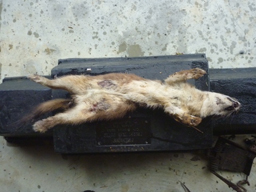 The stoat: public enemy number one
The stoat: public enemy number one
At Whangarei Heads, Backyard Kiwi operates a trapping program over a 6000 hectare area to control stoats and cats. This ongoing trapping program has greatly improved chick survival and underpins the kiwi population increase. Find out more about our trapping program here.
This is a massive effort on the part of landowners and community. Without this work, we would not have achieved the phenomenal success that we all now enjoy.
Road kill
Another significant cause of kiwi deaths is road kill. We all know that killing possums on the road is practically considered a time-honoured tradition, but at Whangarei Heads, we’re leaving possum control to the traps. You never know – that animal you see on the road at night is just as likely to be a kiwi as a possum!












